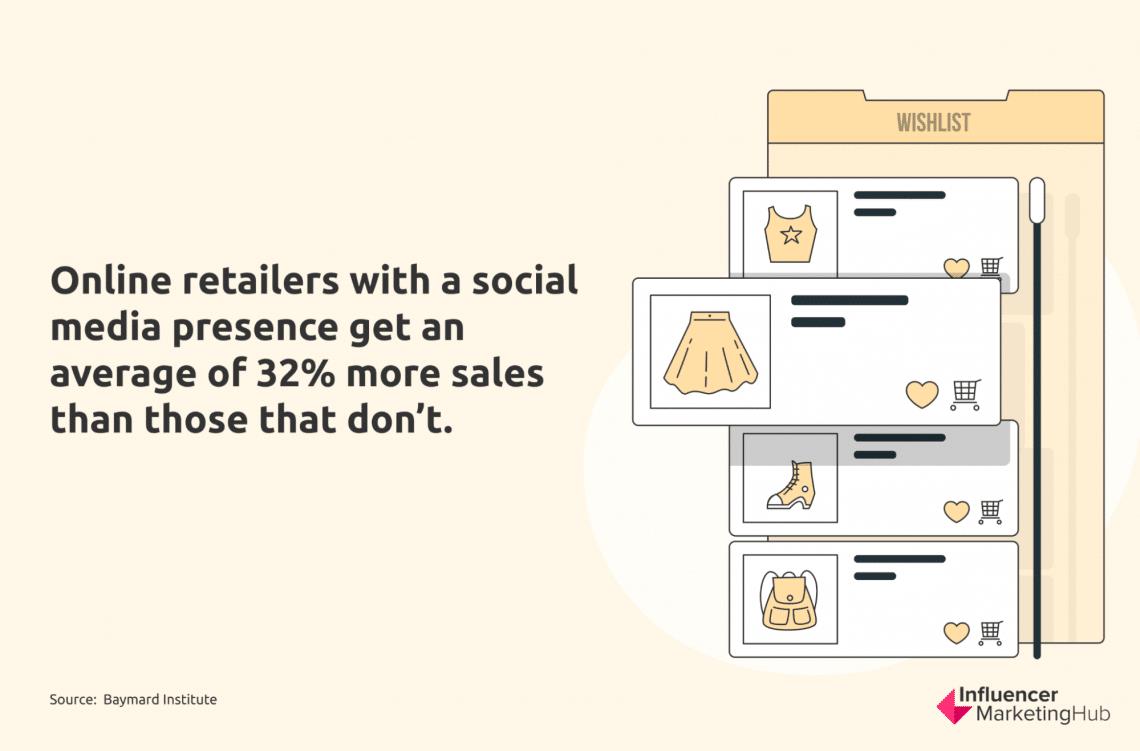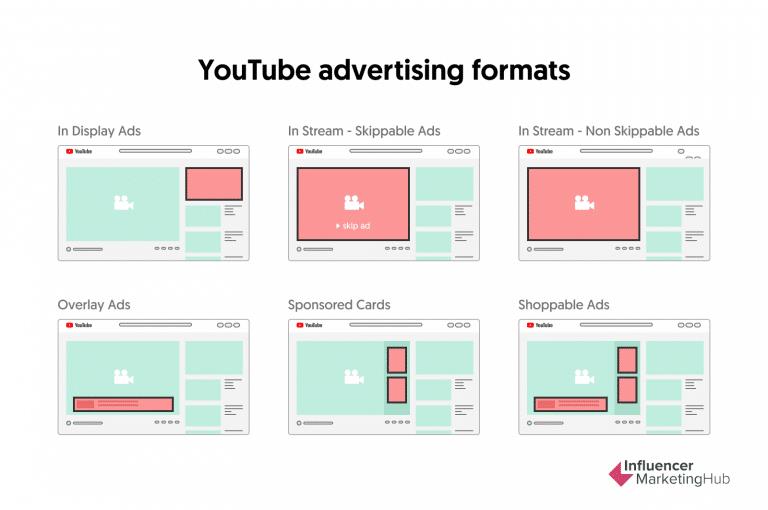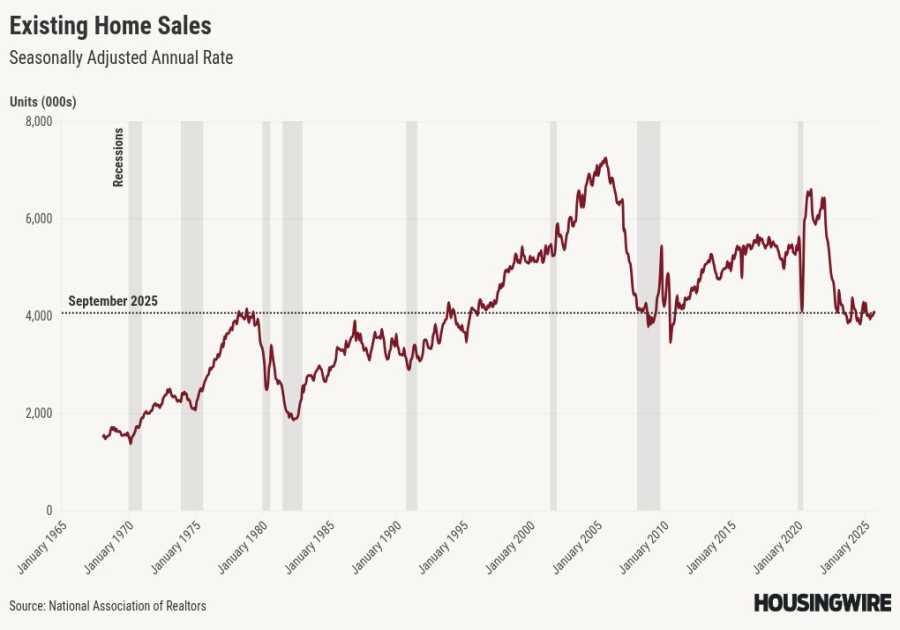You’ve built the site. You’ve stocked the products. Maybe you’ve even posted a few times on social media. But your e-commerce shop isn’t getting any traction.
Sound familiar?
Running an online store without paid media is like opening a new pizza joint in the middle of the desert. People can’t buy what they don’t know exists. That’s where paid media for e-commerce enters the chat.
Paid media isn’t a magic wand, but it is one of the fastest ways to drive traffic, build brand recognition, and generate sales. But let’s be real—it can also be a money pit if you don’t approach it with strategy. Before we get too deep, here’s the cheat sheet:
Quick Takeaways:
- Paid media helps you reach new customers fast.
- Different platforms work for different goals.
- Campaign structure matters more than your coffee order.
- Testing beats guessing. Every time.
- ROAS (Return on Ad Spend) is your north star.
Why You Need Paid Media for E-Commerce
Online shoppers aren’t just browsing—they’re comparing. They’re scrolling through product reviews while binge-watching TV. They’ve got 12 tabs open and three carts going. It’s chaos.
Paid ads help you cut through the noise. Google Ads can put your product in front of people already searching. Social ads (like Meta or TikTok) can spark interest where none existed five seconds ago. Display ads keep you top-of-mind for that customer who ghosted your checkout page.

Image source
Choose Your Platform Wisely
Not all paid media is created equal. Let’s break it down:
Google Ads – Best for High-Intent Searches
People on Google are usually ready to buy—or at least compare options. Someone typing “blackout curtains near me” isn’t casually browsing. They’re looking for blackout curtains. Right now. That makes Google Ads a great choice for products people know they need. Use it to capture demand that already exists. Just be ready to bid competitively if your niche is crowded.
Meta Ads (Facebook/Instagram) – Still a Targeting Powerhouse
Meta knows more about your audience than your audience probably wants to admit. Interests, behaviors, even stuff they hovered over once but didn’t click—yeah, it’s all fair game. Meta Ads are perfect for impulse buys, retargeting, and showing off products that pop in photos or short videos. Just make sure your creative stands out as users scroll past birthdays, memes, and political rants.
TikTok Ads – Where Creativity Beats Polish
If your product fits into a trend, a “weird but useful” niche, or anything remotely aesthetic, it belongs here. Show the product in action. Be weird. Be fast. If it feels like an ad, users will swipe right past it. If it feels like content, you might just end up in someone’s For You page goldmine.
Pinterest Ads – Where People Go to Plan
Pinterest users show up with a mindset: inspiration. They’re planning their dream kitchen, next DIY project, or wardrobe refresh. If your product fits into any of those ideas, it’s a smart place to advertise. Pins are evergreen, too—your ad could get clicks months after it’s live. That kind of longevity is rare in paid media.
YouTube Ads – Best for Product Demos and Storytelling
YouTube can get expensive fast, but it’s hard to beat for showing how a product works. Got a skincare serum that erases dark spots? Show it. Selling a kitchen gadget with 17 uses? Film it. People on YouTube are used to longer content, so you’ve got a few more seconds to explain what you’re selling—use them wisely.

Image source
Structure Your Campaigns Like a Pro
Let’s keep it simple. Paid media for e-commerce comes down to three campaign types:
- Cold Traffic – For people who’ve never heard of you. Focus on awareness and clicks.
- Warm Traffic – For visitors who’ve poked around but didn’t convert. Use retargeting and product-specific ads.
- Hot Traffic – For past customers or cart abandoners. Show discounts or reminders.
Each audience gets a different message. Don’t blast the same ad to everyone. That’s how you end up with terrible click-through rates and no sales.
Creatives Are Important (But Keep Them Scrappy)
You don’t need Hollywood production values. However, in this day in age, you do need scroll-stopping visuals and sharp copy.
Show the product in action. Use lifestyle images. Highlight the benefit fast. People scroll like their thumbs are on fire, so you’ve got about two seconds.
Test static vs. video. Use carousels for multiple products. Include a CTA that doesn’t read like it was written by a robot. Think: “Get yours before it’s gone” or “Shop now—before your dog chews another pair of shoes.”
Measure What Matters
Clicks are cute. ROAS is better!
If you spend $100 and make $500, you’re doing something right. If you’re spending $500 to make $100, it’s time to hit pause. Track:
- ROAS (Return on Ad Spend)
- CPC (Cost per Click)
- CTR (Click-through Rate)
- Conversion Rate
Your platform dashboard will show these. Check daily at first. Then weekly once you’re dialed in. Cut what’s not working. Double down on what does. Simple math beats wishful thinking.
Paid Media Pitfalls to Dodge
Paid media for e-commerce works, but only when you respect the process. A few traps to watch out for:
- Running ads without a clear landing page.
- Using the same ad creative for six months straight.
- Ignoring mobile users. (Most of them are mobile users.)
- Bidding on your brand name instead of new search terms.
- Spending before testing.
If something feels off, stop. Don’t keep spending hoping the algorithm “figures it out.” That’s not a strategy and it certainly won’t work.
How Paid Media Boosts Long-Term Growth
You’re not just after one-time buyers. Paid media lets you build audiences you can use later. Think retargeting lists, lookalike audiences, and email opt-ins. That’s how you start creating a machine. Start with paid. Build up organic while you go.
Then when your SEO kicks in or your email list grows, you’re not reliant on ads forever. You’re just using them when you want to scale faster.
Ads Don’t Work. Strategy Does.
You don’t need a huge budget. You don’t need an ad agency. You do need a plan.
Start with one product. Choose one platform. Set a small budget and test like your bank account depends on it—because it kinda does. Paid media for e-commerce works best when you treat it like a puzzle, not a slot machine. Try something. Learn something. Try again.
Soon, you’ll know which ads pull their weight. Which platforms bring the best traffic. And which creative gets people clicking that glorious “Buy Now” button. No magic. Just strategy, testing, and a little internet wizardry. You’ve got this!
But if you think you need a little help, Marketing Insider Group offers specialized services to create content, manage campaigns, and engage with your audience. Contact us today to learn more or book your free consultation with our team!
Read More
By: Lauren Basiura
Title: How to Leverage Paid Media Advertising for E-commerce Growth
Sourced From: marketinginsidergroup.com/sales-alignment/how-to-leverage-paid-media-advertising-for-e-commerce-growth/
Published Date: Tue, 10 Jun 2025 10:00:04 +0000
.png)





